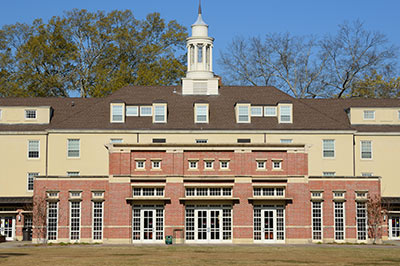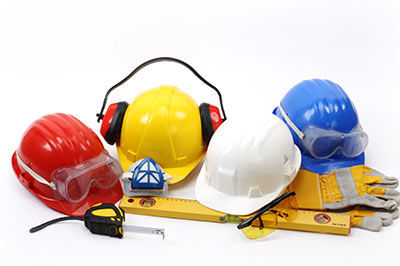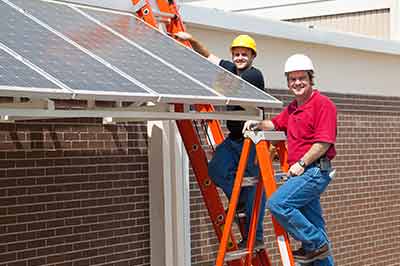Healthy Schools Network, 2005
Students who attend schools with environmental hazards that impact indoor air quality are more likely to miss class, and therefore lose learning opportunities.
Yet school environmental health and safety remains largely unregulated and there is no state or federal agency in charge of protecting children’s environmental health in schools. This report, School Facilities and Student Health, Achievement, and Attendance: A Data Analysis, looks at information compiled from all public schools in two New York counties, and from a select group of schools from around the state that have reported environmental health and safety problems.
The findings show that, despite the lack of an up-to-date system for collecting data on environmental hazards in schools, it is still possible to correlate existing information with state funding to repair hazards and to show that unhealthy schools rob students of valuable classroom learning time.
View Report











